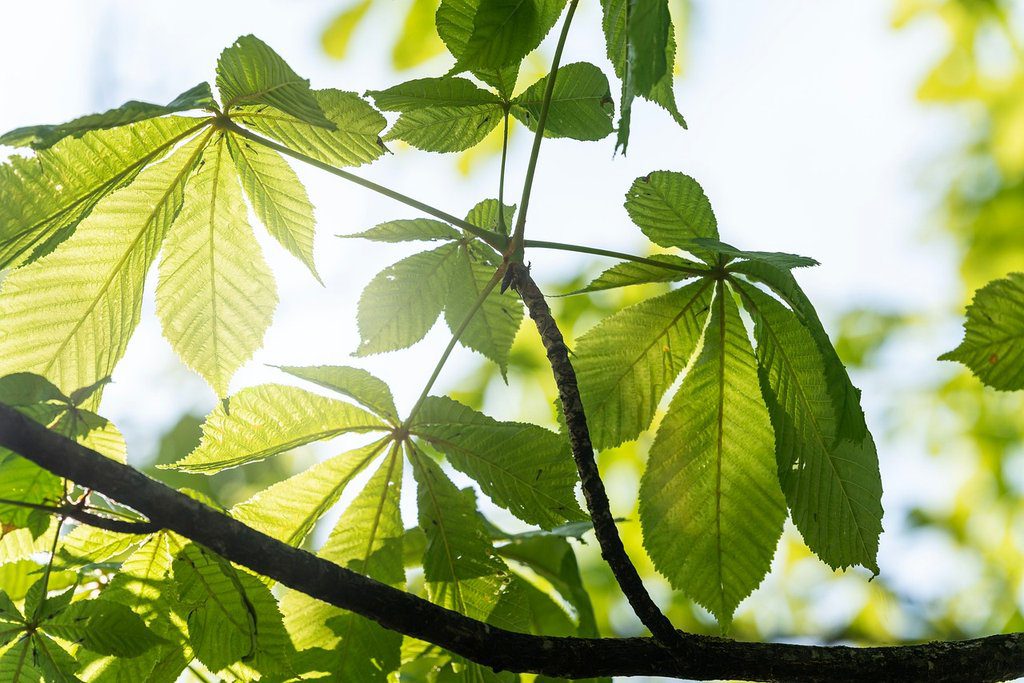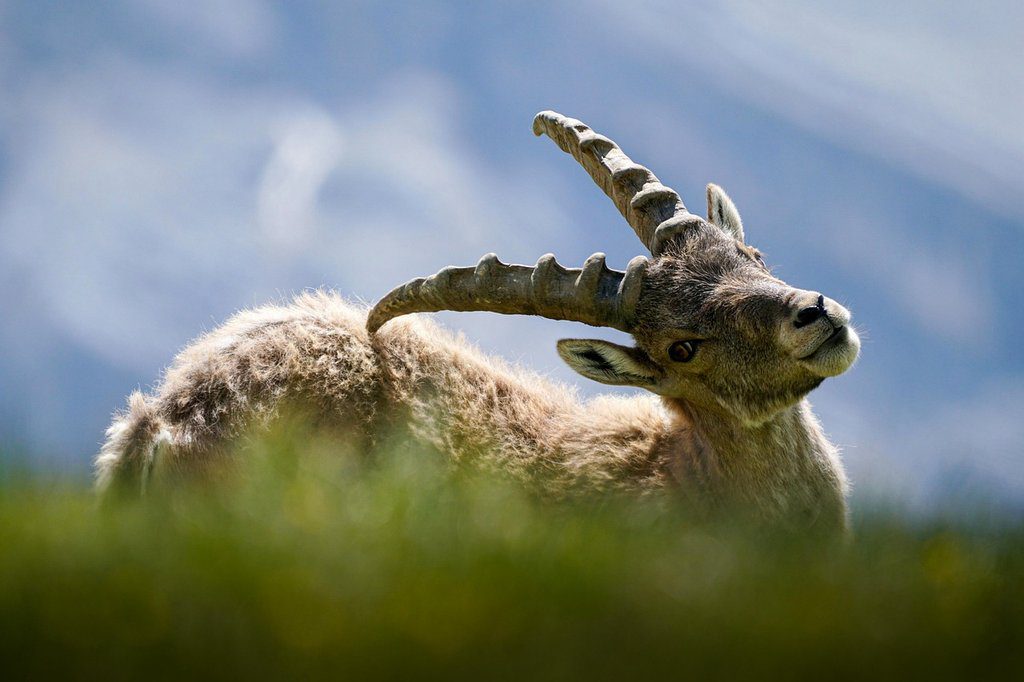Pictured Winning entries Wildlife Photographer Year — Wildlife Photography: A Window into Nature's Health and Challenges
The annual Wildlife Photographer of the Year competition, showcased at London’s Natural History Museum, is more than just a display of stunning imagery. It’s a powerful narrative about the health of our planet, the challenges faced by its diverse inhabitants, and the urgent need for conservation. The winning entries of the competition, such as those from the 2025 exhibition, offer profound insights into ecological issues, highlighting the delicate balance of ecosystems and the impact of human activity on wildlife health.
Table of contents
Hyenas, Habitats, and the Harsh Realities of Survival

Wim van den Heever’s winning image of a brown hyena amidst the ruins of Kolmanskop, Namibia, serves as a poignant reminder of resilience in the face of environmental change. The brown hyena, the rarest of its kind, ekes out a living in a ghost town, a testament to its adaptability. This image implicitly speaks to the shrinking habitats available to wildlife and the increasing pressure on species to survive in altered landscapes. The fact that it took van den Heever ten years to capture this shot underscores the elusive nature of these animals and the dedication required to document their lives.
Similarly, Andrea Dominizi’s Junior Grand Prize-winning photograph, “After the Destruction,” captures a beetle on a cut log in the Lepini Mountains of Italy. This image powerfully illustrates the direct consequences of habitat loss on insect life, a crucial component of the ecosystem. The beetle’s struggle to find a suitable place to lay its eggs underscores the broader implications of deforestation and logging practices on biodiversity. These images serve as stark reminders of the interconnectedness of life and the ripple effects of environmental degradation.
Wetlands, Kelp Forests, and the Underwater World’s Woes

Sebastian Frölich’s “Vanishing Pond” highlights the critical role of wetlands as carbon sinks and habitats for diverse wildlife. The image serves as a warning about the alarming rate of peat bog loss in Austria, with 90% already gone. Healthy wetlands are vital for water filtration, flood control, and carbon sequestration, all of which contribute to overall environmental health and, indirectly, human health. The loss of these ecosystems can exacerbate climate change and lead to a decline in water quality, impacting both wildlife and human populations.
Ralph Pace’s underwater photograph of a swell shark egg case in Monterey Bay reveals the vulnerability of marine life to kelp forest loss. The image showcases a glowing embryo within the egg, highlighting the beauty and fragility of these underwater ecosystems. The fact that Monterey Bay has lost over 95% of its kelp in the past 34 years is a cause for serious concern. Kelp forests provide essential habitat for a wide range of marine species, and their decline can have cascading effects on the entire food web, affecting fisheries and the overall health of the ocean.
Behaviour, Conservation, and Hope for the Future
Qingrong Yang’s “Synchronized Fishing” captures a moment of intense competition between a ladyfish and a little egret, showcasing the intricacies of predator-prey relationships in Yundang Lake. Dennis Stogsdill’s rare sighting of a caracal hunting flamingos in the Serengeti underscores the adaptability of predators in response to changing environmental conditions. These behavioral observations provide valuable insights into how animals are adapting to pressures on their environment, and highlight the importance of preserving diverse habitats to support a range of species.
Jon A. Juárez’s “How to Save a Species” offers a glimmer of hope amidst the challenges. The photograph documents a breakthrough in rhino conservation through the BioRescue Project, showcasing the first successful transfer of a rhino embryo to a surrogate mother. Although the initial foetus did not survive, the milestone proves that IVF could be a viable tool for saving the critically endangered northern white rhino. This image demonstrates the power of human innovation and collaboration in addressing the biodiversity crisis and offers a pathway towards protecting vulnerable species.
Conclusion
The winning entries of the Wildlife Photographer of the Year competition serve as powerful visual narratives, highlighting both the beauty and the fragility of the natural world. These images underscore the interconnectedness of ecosystems and the impact of human activities on wildlife health. By showcasing these stories, the competition inspires awareness, promotes conservation efforts, and ultimately encourages a more sustainable relationship between humans and the planet. The stunning visuals combined with the compelling stories behind them, remind us of the importance of protecting our planet’s biodiversity for the well-being of all.
Disclaimer: The information in this article is for general guidance only and may contain affiliate links. Always verify details with official sources.
Explore more: related articles.




